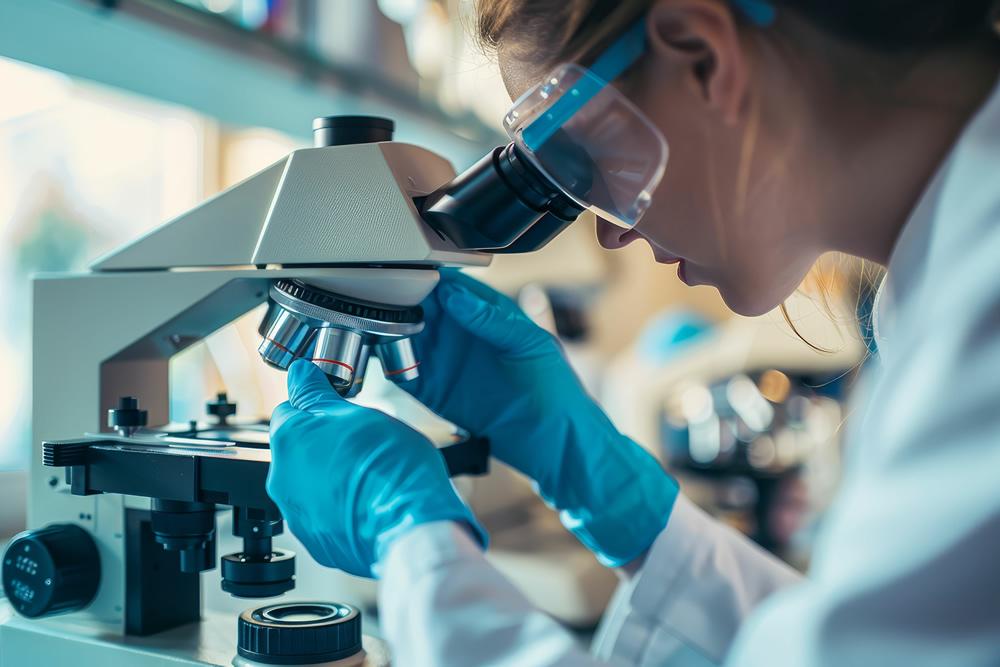In the rapidly evolving field of life sciences, accurate translation of medical terminology is crucial for ensuring clear communication, effective treatment, and compliance with international regulations. This task becomes even more intricate when dealing with rare diseases. Rare diseases, often defined as conditions affecting a small percentage of the population, present unique challenges for translators due to their complex and specialized nature. Powerling, a leading translation company specializing in the life sciences sector, understands these challenges and employs advanced strategies to overcome them.
The Unique Landscape of Rare Diseases
Rare diseases, also known as orphan diseases, affect approximately 400 million people worldwide. Despite their individual rarity, there are over 7,000 identified rare diseases, each with its own distinct set of symptoms, causes, and treatment protocols. This vast diversity means that medical terminology related to rare diseases is highly specialized and often not standardized, posing significant challenges for translators.
Complexity of Medical Terminology
Medical terminology is inherently complex, involving a specialized vocabulary that includes anatomical terms, names of diseases, pharmaceuticals, and procedures. In the context of rare diseases, this complexity is amplified due to several factors:
- Lack of Standardization: Unlike common diseases, rare diseases often lack standardized terminology. This can lead to variations in the naming and classification of diseases, making it difficult for translators to find accurate and consistent equivalents in the target language.
- New and Evolving Terms: Rare diseases are a focus of ongoing research, leading to the continual emergence of new terms and concepts. Translators must stay abreast of the latest developments and ensure that new terms are accurately translated to reflect current medical understanding.
- Multidisciplinary Nature: The study and treatment of rare diseases often involves multiple disciplines, including genetics, immunology, and neurology. Translators must be proficient in the terminology of each relevant field to produce accurate and comprehensive translations.
Cultural and Linguistic Nuances
In addition to the technical complexity, translators must navigate cultural and linguistic nuances to ensure that translations are both accurate and contextually appropriate. This involves understanding how medical terms are used and perceived in different cultures and ensuring that translations are sensitive to these differences.
- Localization: Localization goes beyond translation, adapting content to fit the cultural context of the target audience. For rare diseases, this might involve considering regional variations in medical practice, patient communication preferences, and regulatory requirements.
- Patient-Centric Language: Translators must also consider the end-users of medical documents, often patients and their families. Using clear, understandable language while maintaining accuracy is essential, especially for rare diseases where patients may already be dealing with uncertainty and limited information.
Regulatory Challenges
Translating medical terminology for rare diseases is further complicated by stringent regulatory requirements. Different countries have specific regulations governing the translation of medical documents, including clinical trial protocols, patient information leaflets, and labeling for pharmaceuticals. Translators must ensure that their work complies with these regulations to facilitate market approval and ensure patient safety.
- Compliance with Guidelines: Translators must be familiar with guidelines from regulatory bodies such as the FDA, EMA, and other national health authorities. These guidelines often include specific requirements for terminology, formatting, and documentation.
- Accuracy and Consistency: Inaccurate translations can lead to misinterpretation, potentially jeopardizing patient safety and delaying regulatory approval. Ensuring consistency in terminology across all documents is crucial for maintaining clarity and compliance.
The Role of Technology and Expertise
To address these challenges, Powerling leverages advanced technology and expertise in medical translation. Key strategies include:
- Specialized Medical Translators: Employing translators with specialized knowledge and experience in the field of rare diseases ensures a deep understanding of the subject matter and accurate translations.
- Translation Memory Systems: These systems store previously translated terms and phrases, promoting consistency and efficiency across projects. This is particularly useful for rare diseases, where consistent use of terminology is critical.
- Terminology Management: Developing and maintaining comprehensive glossaries and termbases specific to rare diseases helps standardize translations and ensures accuracy.
- Collaboration with Experts: Working closely with medical professionals, researchers, and regulatory experts allows translators to stay current with the latest developments and ensure that translations are both accurate and compliant.
Summarizing
Translating medical terminology for rare diseases presents unique and significant challenges. The complexity and specialization of the terminology, combined with cultural, linguistic, and regulatory nuances, require a high level of expertise and precision. Powerling, with its specialized team and advanced translation technologies, is well-equipped to navigate these challenges, providing accurate, reliable, and culturally sensitive translations that support the global life sciences community in their mission to improve patient outcomes and advance medical knowledge.

